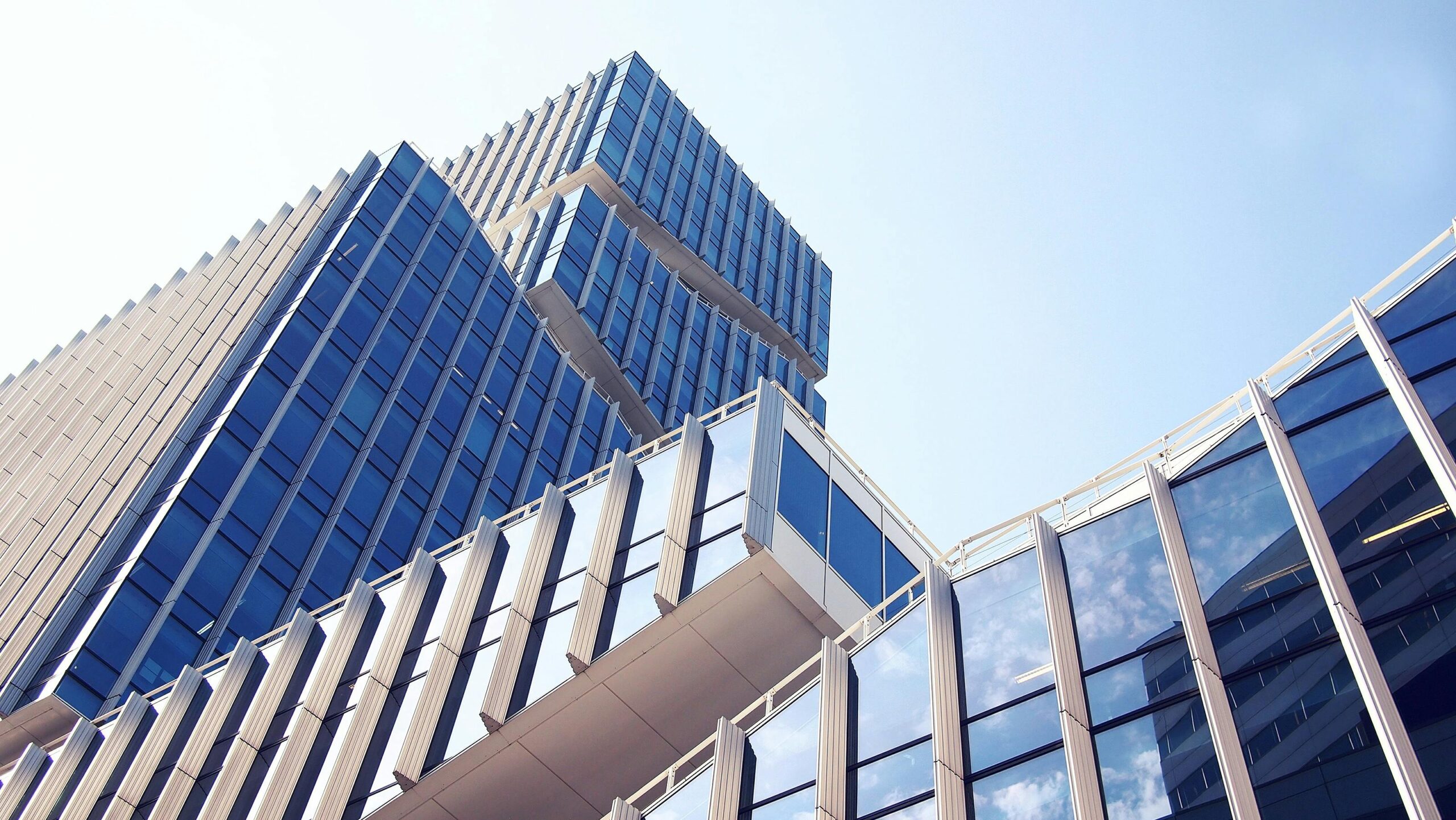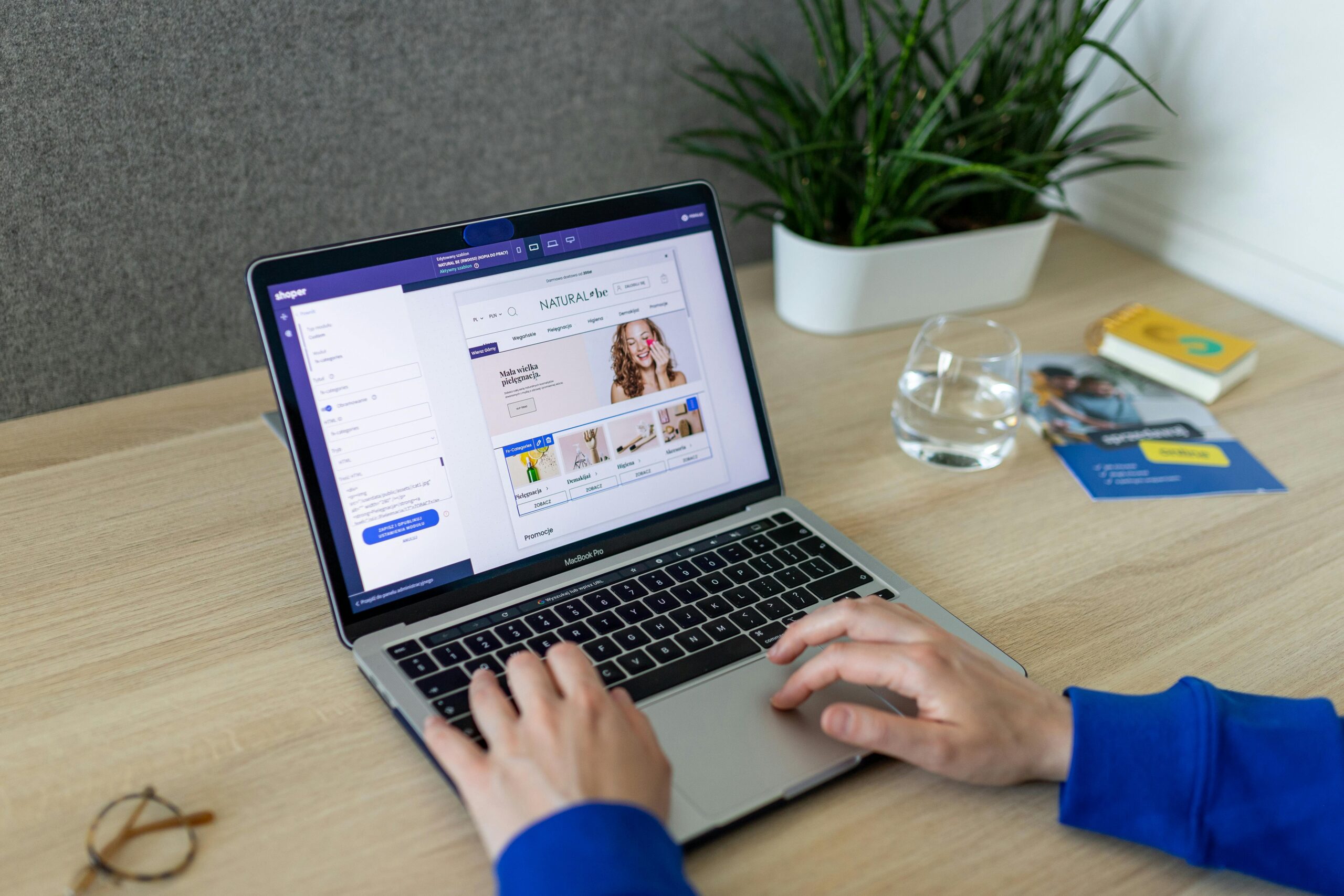In today’s modern workplace, the line between formal and casual has blurred, giving rise to the business casual for men dress code — a balanced style that combines professionalism with comfort. For many men, understanding what “business casual” means can be tricky, especially as workplaces adopt more flexible dress standards.
Mastering the art of business casual isn’t just about dressing neatly; it’s about projecting confidence, competence, and modern professionalism. Whether you’re attending meetings, working in an office, or joining video calls, the way you dress communicates your attention to detail and respect for the environment.
This guide will help you understand what business casual for men truly means — along with outfit ideas, essential wardrobe pieces, and styling tips to help you look sharp without overdoing it.
What Is Business Casual for Men?
Definition and Evolution
Business casual for men blends formal and relaxed elements. It typically means no suit and tie required, but still well-dressed enough to look professional. Think of it as dressing for success without the stiffness of corporate attire.
The term gained popularity in the 1980s when companies began adopting more relaxed dress codes to encourage comfort and creativity. Today, business casual attire is a global standard for offices, especially in industries like tech, marketing, finance, and consulting.
Business Casual vs. Smart Casual vs. Formal
Here’s a quick comparison:
| Dress Code | Typical Outfit | Level of Formality |
|---|---|---|
| Formal | Suit and tie, leather shoes | High |
| Business Casual | Button-down shirt, chinos, loafers | Medium |
| Smart Casual | Polo, jeans, sneakers (clean look) | Low-Medium |
Why It Matters
A proper business casual outfit shows that you understand modern professionalism. It balances confidence, comfort, and credibility — key traits employers and clients value.
Essential Pieces Every Man Needs for a Business Casual Wardrobe
Building a great business casual wardrobe doesn’t mean buying dozens of clothes. It’s about choosing timeless, versatile, and well-fitting pieces that can be mixed and matched easily.
1. Shirts
Stick to classics like:
- Button-downs: White, light blue, or subtle patterns.
- Polos: Ideal for warmer days or casual Fridays.
- Oxford shirts: A wardrobe staple that pairs with anything.
Avoid loud prints or flashy logos — clean and simple always wins.
2. Pants
Go for well-fitted trousers or chinos.
- Chinos offer flexibility and come in colors like navy, khaki, or olive.
- Dress slacks work well for meetings and presentations.
- Avoid jeans unless your workplace clearly allows them.
3. Blazers & Jackets
A blazer instantly upgrades your look.
- Structured blazers are great for formal meetings.
- Unstructured jackets work for daily wear and casual settings.
Stick to neutral colors — navy, grey, or beige — for easy pairing.
4. Sweaters & Layering
Layering adds depth and style.
- Try cardigans, crewnecks, or V-neck sweaters over shirts.
- Stick with wool, cotton, or cashmere blends.
- Keep the color palette neutral (grey, navy, tan).
5. Shoes
The right shoes complete your outfit.
- Loafers – the perfect mix of comfort and class.
- Brogues or Derbies – add formality for client meetings.
- Minimalist sneakers – acceptable for modern, creative offices.
Always keep them polished and clean.
Key Styling Tips for Business Casual Men
1. Mix and Match Smartly
Combine different textures and tones. For example:
- Navy chinos + white shirt + brown loafers = timeless look.
- Grey trousers + black polo + white sneakers = casual chic.
2. Choose the Right Colors
Stick to a neutral base palette — white, navy, grey, beige, and black. Add color with subtle accents like ties, pocket squares, or socks.
3. Prioritize Fit
Even expensive clothes look bad if they don’t fit.
Tailor your shirts and trousers to suit your body type. Clothes should hug your shape without being too tight.
4. Balance Comfort with Professionalism
Opt for breathable fabrics like cotton, linen, or light wool. You’ll stay comfortable and confident all day.
Business Casual Outfit Ideas for Different Settings
1. Office Workdays
- Outfit: Oxford shirt, chinos, and loafers.
- Tip: Add a lightweight blazer for meetings.
2. Meetings or Presentations
- Outfit: Dress shirt, blazer, and formal trousers.
- Tip: Stick with neutral colors and polished shoes for authority.
3. Casual Fridays
- Outfit: Polo shirt, chinos, minimalist sneakers.
- Tip: Keep it clean and wrinkle-free.
4. Remote or Hybrid Work
- Outfit: Crisp shirt, chinos or dark jeans (for video calls).
- Tip: Avoid loud patterns that distract on camera.
Seasonal Business Casual Looks
Spring/Summer
Light fabrics like cotton or linen help you stay cool.
- Outfit idea: White shirt + beige chinos + loafers.
- Colors: White, light blue, khaki, and pastel tones.
Fall/Winter
Layer smartly with sweaters and jackets.
- Outfit idea: Grey trousers + navy sweater + wool blazer.
- Colors: Brown, charcoal, olive, navy.
Accessories That Elevate a Business Casual Look
Accessories show attention to detail and personality — but less is more.
Recommended Accessories
- Belts: Match with your shoe color.
- Watches: A classic leather-strap watch is timeless.
- Bags: Use leather or canvas briefcases instead of backpacks.
- Jewelry: Keep it minimal — a ring or bracelet at most.
Common Business Casual Mistakes Men Should Avoid
- Wearing overly casual items like hoodies, shorts, or flip-flops.
- Poor grooming — untrimmed beards or wrinkled shirts ruin any look.
- Mismatched colors — avoid clashing tones like black and navy.
- Over-accessorizing — simplicity is key.
How to Build a Business Casual Capsule Wardrobe
Creating a capsule wardrobe helps simplify choices while keeping you stylish every day.
1. Invest in Quality
Choose timeless items over trendy ones. Quality fabrics last longer and look better.
2. Focus on Versatility
Buy items that can be mixed and matched easily.
For example:
- A navy blazer can pair with khaki chinos or grey trousers.
- White shirts match almost everything.
3. Keep It Budget-Friendly
You don’t have to overspend. Mix premium basics with affordable essentials from brands that balance style and comfort.
[Visual Insight: Business Casual at Work – Style and Comfort Stats]
Graph Description:
A survey from LinkedIn Workplace Insights (2024) showed that 72% of professionals believe business casual dress codes improve creativity and confidence, while 64% feel it helps maintain professionalism without discomfort.
| Benefit | Percentage of Respondents |
|---|---|
| Boosts confidence | 72% |
| Encourages creativity | 68% |
| Enhances productivity | 61% |
| Improves first impressions | 77% |
This shows that business casual attire isn’t just about fashion — it’s a productivity booster too.
Conclusion
Business casual for men is all about balance — looking professional while staying comfortable.
By understanding what works for your workplace, investing in versatile pieces, and paying attention to fit and grooming, you’ll always look sharp without overdoing it.
Frequently Asked Questions (FAQs)
1. What’s the difference between business casual and smart casual for men?
Business casual is more polished — think dress shirts and chinos — while smart casual allows jeans and sneakers in a neat, stylish way.
2. Can men wear jeans in a business casual outfit?
Yes, but only dark, clean, and well-fitted jeans. Avoid rips or faded washes.
3. Are sneakers acceptable for business casual attire?
Yes, minimalist leather sneakers can work in modern offices, especially on casual Fridays.
4. How should men dress for business casual in hot weather?
Choose lightweight fabrics like linen or cotton. Short sleeves are fine as long as the shirt is neat and fits well.
5. What are the must-have pieces for a business casual wardrobe?
Button-down shirts, chinos, blazers, loafers, and sweaters are essentials.
6. Is a tie necessary for business casual?
No, but you can add one for presentations or client meetings for extra formality.
7. Can you wear polo shirts in business casual settings?
Yes, polos are a great option, especially during summer or casual Fridays.
8. What colors are best for business casual outfits?
Stick to neutrals — navy, grey, beige, and white — for easy coordination.
9. How many business casual outfits should a man own?
Start with 5–7 mix-and-match outfits that can rotate weekly.
10. What’s the best way to keep clothes looking fresh?
Iron regularly, store neatly, and use proper hangers. Quality care extends garment life.
11. Can accessories improve a business casual look?
Absolutely — belts, watches, and leather bags add sophistication.
12. What should men avoid wearing for business casual?
Avoid graphic tees, shorts, distressed jeans, and athletic sneakers.
Disclaimer
The information in this article is for general style guidance only. Dress codes can vary by company, industry, or culture. Always follow your employer’s specific guidelines or expectations when selecting work attire.



